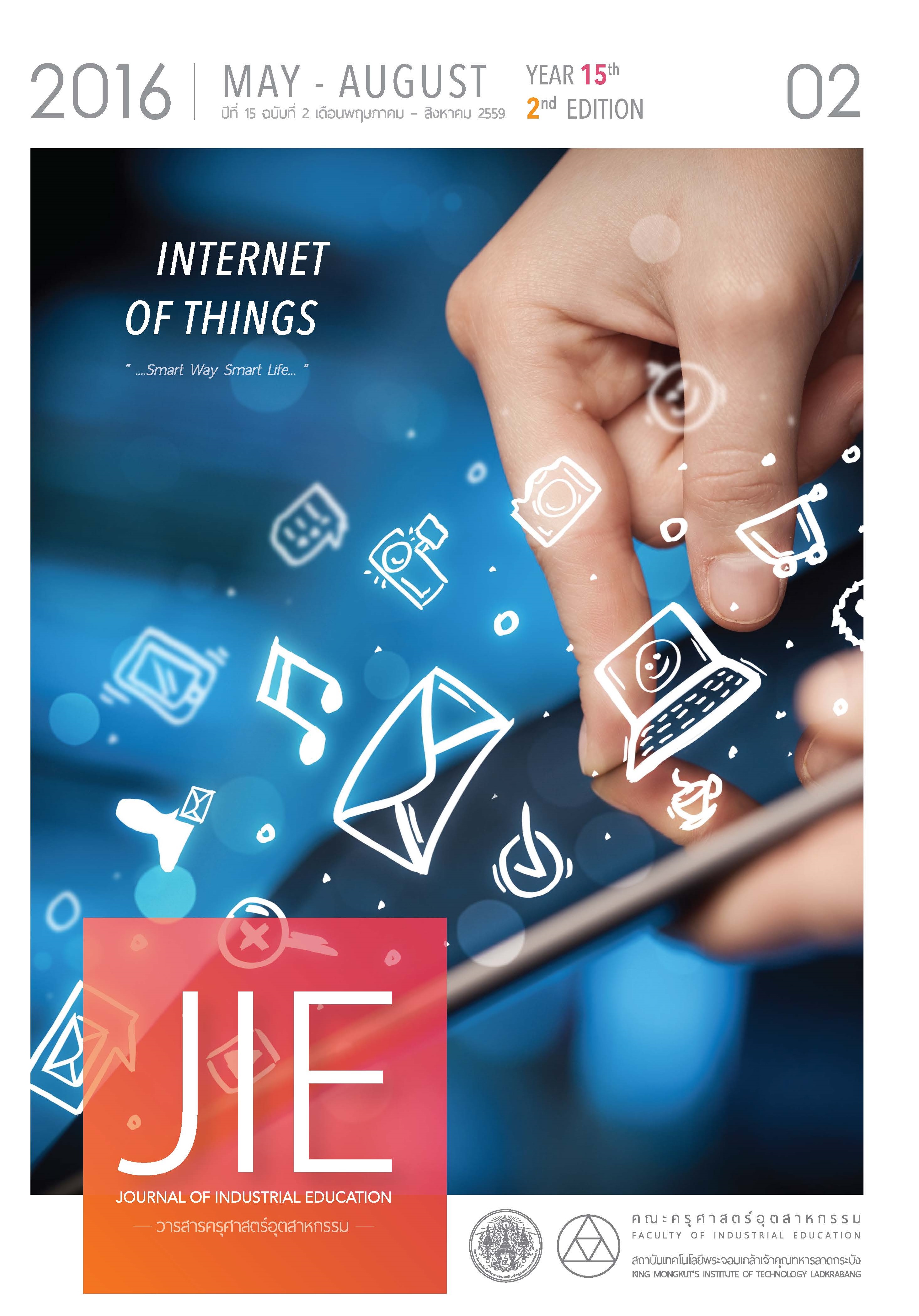DEVELOPMENT ART ACTIVITIES FOR CHILDREN WITH LEARNING DISABILITIES
Keywords:
Development, Learning Disabilities, Art ActivitiesAbstract
The purposes of this research were 1) to develop activities for Learning Disability children, 2) to evaluate art activities for Learning Disabilities children, 3) to study satisfaction of art teachers and Learning Disabilities children’s parents with art activities. The sample group for this research were Learning Disabilities children which age between 8 to 12 years old by using the purposive sampling 17 people, art teachers who teach those art activities and Learning Disabilities’ parents in order to compare the growth development on intelligence, emotion, social, body, sense, aesthetics and creation which occur from operation research for Learning Disabilities children on art activities.The sample group must passed all 4 art activities which included 1) drawing and painting activity, 2) claying and molding activity 3) printmaking activity and 4) creation and invention activity.
According to the result of this research, showed development of activities for Learning Disabilities children (Victor Lowenfeld’s theory about growth development), that the sample group who passed all art activities had growth development in higher score at the statistical significant level of 0.05 which accorded to the research proposal. The evaluation of art activities for children with Learning Disabilities found that a significant difference between before studying art with an average development rate of growth at a moderate level and after studying art with an average development rate of growth at a high level. Measuring the level of satisfaction of the group sample on developed art activities has satisfaction rating in high level.
References
Wisessathon, K. 2006.Learning Disability : LD.,Journal of Industrial Education,10 (1), p. 45-47.
[2] ปิยวรรณ อภินันทฺรุ่งโรจน์. 2555. การศึกษาเปรียบเทียบความคิดสร้างสรรค์และความพึงพอใจที่ มีต่อ กระบวนการจัดการเรียนรู้ของนักเรียน ชั้นอนุบาลที่ 2 โรงเรียนนายกวัฒนาการ วัดอุดมธานี จังหวัดนครนายกด้วยกิจกรรมศิลปศึกษา. วิทยานิพนธ์ศึกษาศาสตร์มหาบัณฑิต ,มหาวิทยาลัยศรีนครินทวิโรประสานมิตร.
[3] สำนักวิชาการและมาตรฐานการศึกษา, สำนักงานคณะกรรมการการศึกษาขั้นพื้นฐาน. 2549. คู่มือหลักสูตรการศึกษาปฐมวัย พุทธศักราช 2546 (สำหรับเด็กอายุต่ำกว่า 3 ปี). กรุงเทพฯ : โรงพิมพ์ชุมนุมสหกรณ์การเกษตรแห่งประเทศไทย.
[4] ศรีเรือน แก้วกังวาล. 2556. จิตวิทยาเด็กและผู้ใหญ่ที่ (LD) สมาธิสั้น,ไฮเปอร์แอกทีฟ,ปัญญาเลิศ. มีลักษณะพิเศษด้อยความสามารถ ทางการเรียน (พิมพ์ครั้งที่ 6). กรุงเทพฯ : หมอชาวบ้าน.
[5] Lowenfeld, V.and Brittain, W.L. 1987. Creative and mental growth. (5 th ed.).(N.P.) : New Macmillan.
[6] ศิรินภรณ์ ศรีวิไล. 2558. การพัฒนาชุดฝึกความคิดสร้างสรรค์วิชาศิลปะสำหรับนักเรียนชั้นประถมศึกษาปีที่ 6. วารสารครุศาสตร์อุตสาหกรรม, 14 (2), น.67-69.
Srivilai, S. 2015. The development Training package on creative thinking in art subject for students in Prathom 6.Journal of Industrial Education, 14(2),p.67-69,
[7] วิรุณ ตั้งเจริญ. 2539. ศิลปศึกษา. กรุงเทพฯ: โอเดียนสโตร์.
Downloads
Published
How to Cite
Issue
Section
License
"The opinions and contents including the words in papers are responsibility by the authors."
"ข้อคิดเห็น เนื้อหา รวมทั้งการใช้ภาษาในบทความถือเป็นความรับผิดชอบของผู้เขียน"



